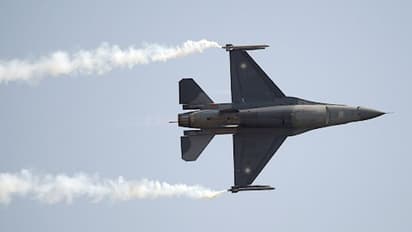
Bengaluru: On Wednesday, an F-16 fighter aircraft belonging to Pakistan was shot down by the Indian Air Force (IAF). The pilot of the aircraft was seen parachuting to safety, well within Pakistan’s territory.
A foreign aircraft, when it enters the territory of the enemy, is detected by radars. The aircraft detecting system consists of radars, air defence aircraft and missile systems.
Wing Commander MA Afraz (Retd) says, “There are different tiers of radars. Depending on the height of the incoming or squatting aircraft, the relevant radar sends information to the missile system.”
Depending on these factors, the air defence aircraft takes off and neutralises the enemy aircraft.
There are multiple layers of radars. And these radars can also overlap. But the function of these radars is to ensure that the information is passed on to the next level so that the enemy’s efforts for an attack are thwarted.
How do the pilots feel?
When an aircraft is spotted encroaching into the airspace of another country, they usually fly at very high speeds. It is done with an obvious attempt to escape the shooting down. And when an aircraft is shot down, the pilot will try to eject as quickly as possible and at very, very high speeds. This means that the pilot who ejects is a sitting duck for injuries. The ejections at unimaginably high speeds have a tremendous impact on the body of the pilot. The air hits the body terribly. It can be so bad that the shoulders of the pilot can get dislocated and arms can be broken as well.